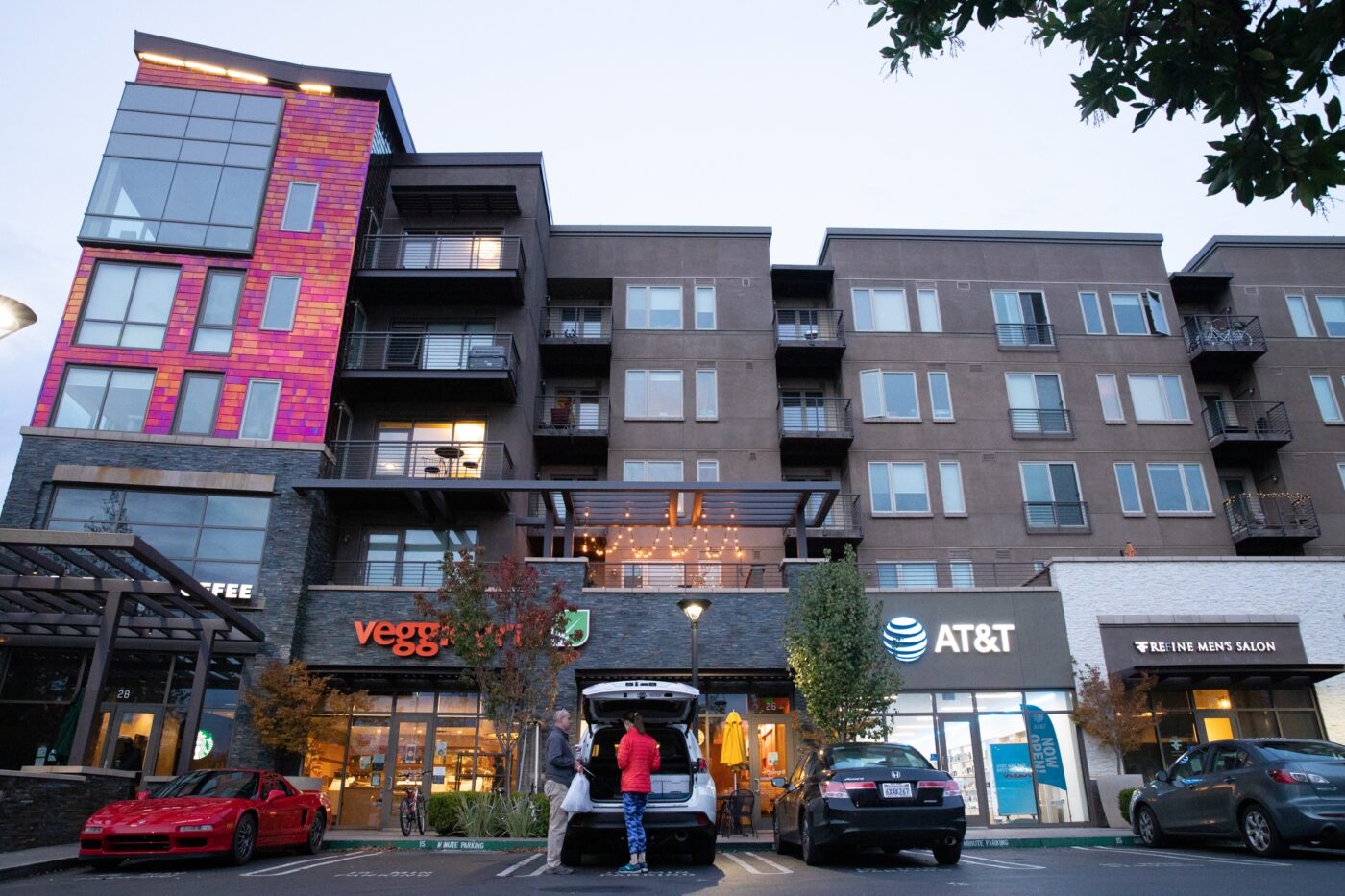“We owe it to the most vulnerable in our county to protect them from ending up on the street before help arrives,” said Mitch Mankin, Policy and Advocacy Associate with SV@Home. The eviction moratorium is a temporary way to buy time for tenants to tap into rent relief funds and stay housed. Tenants are still required under the ordinance to pay back unpaid rent within a year of the expiration of the moratorium, with half of all unpaid rent due six months after the expiration. California’s Legislature is still hammering out the details on a rent relief bill, Mankin said, but it will take time to reach families behind on rent.
BY: Kevin Forestieri┃Mountain View Voice
PUBLISHED: August 26, 2020 9:18 am
Facing the threat of mass displacement, Santa Clara County’s Board of Supervisors voted unanimously Tuesday to extend a ban on evictions for nonpayment of rent due to the coronavirus pandemic through the end of September.
The moratorium has been extended twice since it went into effect in March, and prohibits landlords from ousting tenants that fall behind on rent — provided they show proof that COVID-19 has led to a loss of income. Tenant advocates say the moratorium has staved off a spike in homelessness after an estimated 200,000 residents in the county filed new claims for unemployment benefits from March through May.
The moratorium covers commercial and residential tenants, and will stay in effect until the end of Gov. Gavin Newsom’s executive order granting cities and counties broad discretion to impose eviction protections. The order is currently set to expire after Sept. 30, but has been extended multiple times. The county’s moratorium would expire on Nov. 30 in the event that the executive order extends into December.
The extension comes weeks after a recent report found an estimated 43,490 renter households in Santa Clara County could be displaced if the moratorium were to prematurely end. Many vulnerable residents are still out of work, the report warns, and federal unemployment benefits to keep families afloat expired on Aug. 1. One analysis suggested 17.6% of those at-risk households could end up homeless, abruptly skyrocketing the county’s homeless population from 9,706 individuals to 21,813.
The moratorium is a temporary way to buy time for tenants to tap into rent relief funds and stay housed, said Mitch Mankin, policy and advocacy associate for the nonprofit SV@Home. Tenants are still required under the ordinance to pay back unpaid rent within a year of the expiration of the moratorium, with half of all unpaid rent due six months after the expiration. California’s Legislature is still hammering out the details on a rent relief bill, Mankin said, but it will take time to reach families behind on rent.
“We owe it to the most vulnerable in our county to protect them from ending up on the street before help arrives,” Mankin said.
More than a dozen physicians representing the Stanford-O’Connor Family Medicine Residency sent a letter urging supervisors to extend the moratorium to 90 days after the end of the state of emergency. The letter warns that lifting the moratorium early “invites disaster” for Santa Clara County families, particularly vulnerable low-income and minority communities that have been hardest hit by the virus.
“Evictions would cause disproportionate economic devastation and spread of COVID-19 in an already particularly vulnerable community,” the letter states.
The most recent extension by supervisors on Aug. 25 is also the most important. The California Judicial Council had previously put a complete statewide halt to unlawful detainer proceedings that would have prevented displacement even if the moratorium expired. But the council voted 19-1 earlier this month to let that rule expire on Sept. 2, stripping away the extra protection and allowing evictions proceedings to start again.
In making the vote, the judicial council made clear that it’s the role of state and federal lawmakers, not the courts, to address the concerns over displacement. AB 1436, proposed by Assemblyman David Chiu (D-San Francisco) would enact a statewide moratorium until 90 days after the state’s COVID-19 emergency declaration.
Supervisor Joe Simitian said he supported the extension of the ban on evictions, but that the county is really waiting on a more holistic approach from the state.
“This is an opportunity for us to buy time and protect people to some degree while they’re still in place,” Simitian said. “But we really need our state and federal legislatures to step up and give us something more in the way of addressing the mortgage forbearance and rent forgiveness issues.”
Individual cities within Santa Clara County have also passed similar eviction protections to stave off displacement and homelessness during the pandemic. The Mountain View City Council voted unanimously Aug. 25 to extend its eviction moratorium until Nov. 30 or the expiration of the city’s emergency declaration, whichever is later.
The city has also poured more than $2.7 million into its rent relief fund, supporting thousands of residents who have suffered a loss of household income due to COVID-19. Rental assistance checks through the city’s program have averaged $2,190, and more than 325 households have received multiple checks to pay for months of back rent.
Councilman Lucas Ramirez said he felt the moratorium really only works when paired with a well-funded rent relief program that can help tenants dig their way out of debt, which avoids pushing the problem out to a later date.
“If there isn’t a rent relief program sort of working alongside the eviction moratorium, then not only are tenants incurring rent debt that they will struggle to pay back later but there are many landlords that aren’t bringing in any income at all,” Ramirez said.
